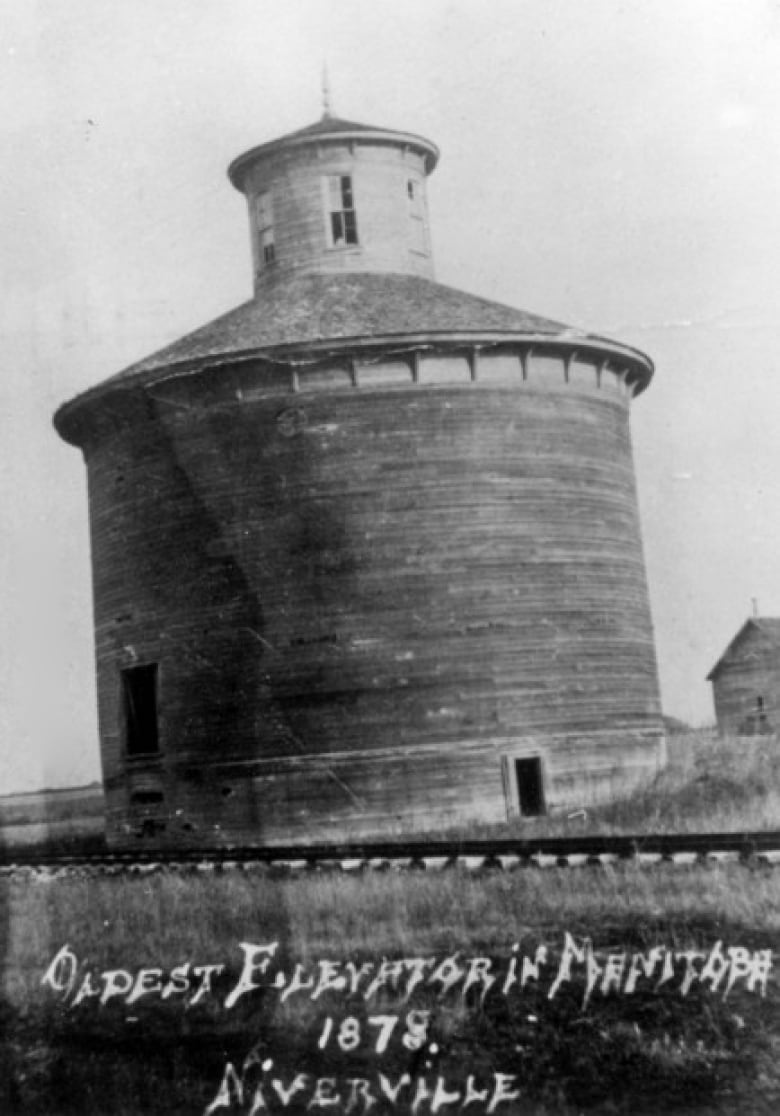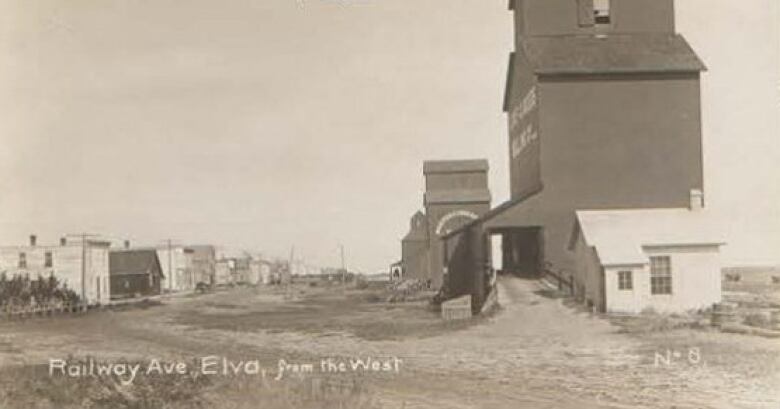Piece by piece weathered and rusted, Canada’s oldest grain elevator is collapsing
A prairie sentry, considered the oldest in Canada, bows out.
The grain elevator at the Lake of the Woods Milling Company in the hamlet of Elva in southwestern Manitoba weathered heavy rains and snows and withstood the scorching sun for 125 years.
Now he is making history, plank by plank and nail by nail.
A similar fate awaited the former United Grain Growers silo, built around 1916, a stone’s throw from the Lake of the Woods silo.
“It’s sad to see these symbols of the Prairies of Canada disappearing, but I’m pragmatic about it,” said Gordon Goldsborough, president of the Manitoba Historical Society.
“I realize that we can only keep them if they serve a useful purpose. Having them there, unused, rotting, serves no one’s interests.”
They had been abandoned for so long that their poor condition became a public liability, Goldsborough said.
Troy Angus, owner of Den Authentic Barnwood, bought the two structures last year at an auction by the Municipality of Two Borders, which was trying to recover unpaid municipal taxes.
Its activity consists of finding, recovering and selling old wood. Angus calls this “rural waste wood management”.
He began deconstruction in January and is beginning to resell the sheet metal exterior cladding. He describes a five-phase deconstruction process on his website and said he was about halfway through phase two, learning as he went.
“It’s not really an ordinary thing. There’s no manual for how to do it,” Angus said.
He had never taken on a grain elevator until last year when he was asked to salvage lumber from an elevator that had already collapsed in southeast Saskatchewan. Angus then only had to take care of phase 5, which consists of removing the nails, stacking and transporting.
Even then, it took a long time. A wooden elevator holds up to 2,250 kilograms (5,000 pounds) of nails.
“When these giants come down, it’s a mountain of wood,” Angus said.
In most cases, wood and nails end up in landfills.
“For us to have the ability to intercept and collect over 50,000 board feet in a short period of time was enough test to want to go ahead and try again,” he said.
Or in Elva’s case — two tries.
“It increases, every day, my appreciation for these buildings,” Angus said.

It’s had plenty of people “coming out of the carpentry, you might say” to share nostalgic stories of growing up around these particular elevators or others.
“It’s just amazing, the connection that exists with these elevators across Canada,” said Angus. “There is an emotional connection and this historical connection.
“It’s the attic [of the country] and these were a major staple at one time. They still are, but not so much the wood grain ones.”
Built in September 1897, the Lake of the Woods elevator took the crown as the oldest after the 1895 elevator in Fleming, Saskatchewan, which burned down in 2010, according to Viewpointsa publication of the Turtle Mountain-Souris Plains Heritage Association.
The Lake of the Woods lift is a standard squat-style plan design, common before 1910 when the taller style, used for the UGG lift, became popular.

But Western Canada’s first commercial grain elevator was round. It was built in 1878 in Niverville, according to A History of Grain Elevators in Manitoba, by the provincial government. The first standard plan elevator was built in 1881 in Gretna and demolished in the early 1990s.
Modern steel and concrete elevators – less prone to fires and water leaks, more impervious to rodents and insects – have since taken over.
Elva’s two old grain elevators sit on a belt of grass sandwiched between a CP line and the gravel path of Railway Avenue.
They are the last of what were four wooden elevators in a row, creating a skyline at the height of Elva at the turn of the 20th century.
The area remains a bustling grain community and is still served by the rail line, but grain is now stored two miles away in a multi-silo structure that opened in 2000 and was later expanded.
Elva is midway between the slightly larger community of Pierson and the town of Melita. Angus’ home and business are in Pierson, which made the project practical and made it easier for him to assess structures.

The holes let in rain and snow for decades, causing the foundations and walls to deteriorate and giving the Lake of the Woods lift a distinct incline.
Still, Angus thinks the value of the timber “is going to be substantial”, perhaps around 75% of it would be salvageable.

Goldsborough, whose fixation on grain elevators led him to document many across the province, said the wood can be beautiful, especially in the leg – the section where the grain was raised from the base at the top.
It often has carved patterns caused by a century of grain abrasion, he said.
Access to the leg is phase 3, which occurs after the removal of the appendages. Phase 4 is when the elevators are gently laid on their sides for further dismantling.

Angus is aiming to do it before the ground thaws – and Goldsborough is waiting.
“I hope I can be there. I would love to witness the last hours of Canada’s oldest elevator,” he said.
The second oldest, built in Austin in 1901 and later transferred to the nearby Manitoba Agricultural Museum, will then take over.
Some people say Port Perry has the oldest lift in the country, built in 1874, but Goldsborough said it was more of a warehouse-style design, not a standard plan, synonymous with the iconic sentries.
“There’s also an old elevator in Edmonton but, again, not in a format anyone would associate with the prairie stereotype,” he said.


Comments are closed.